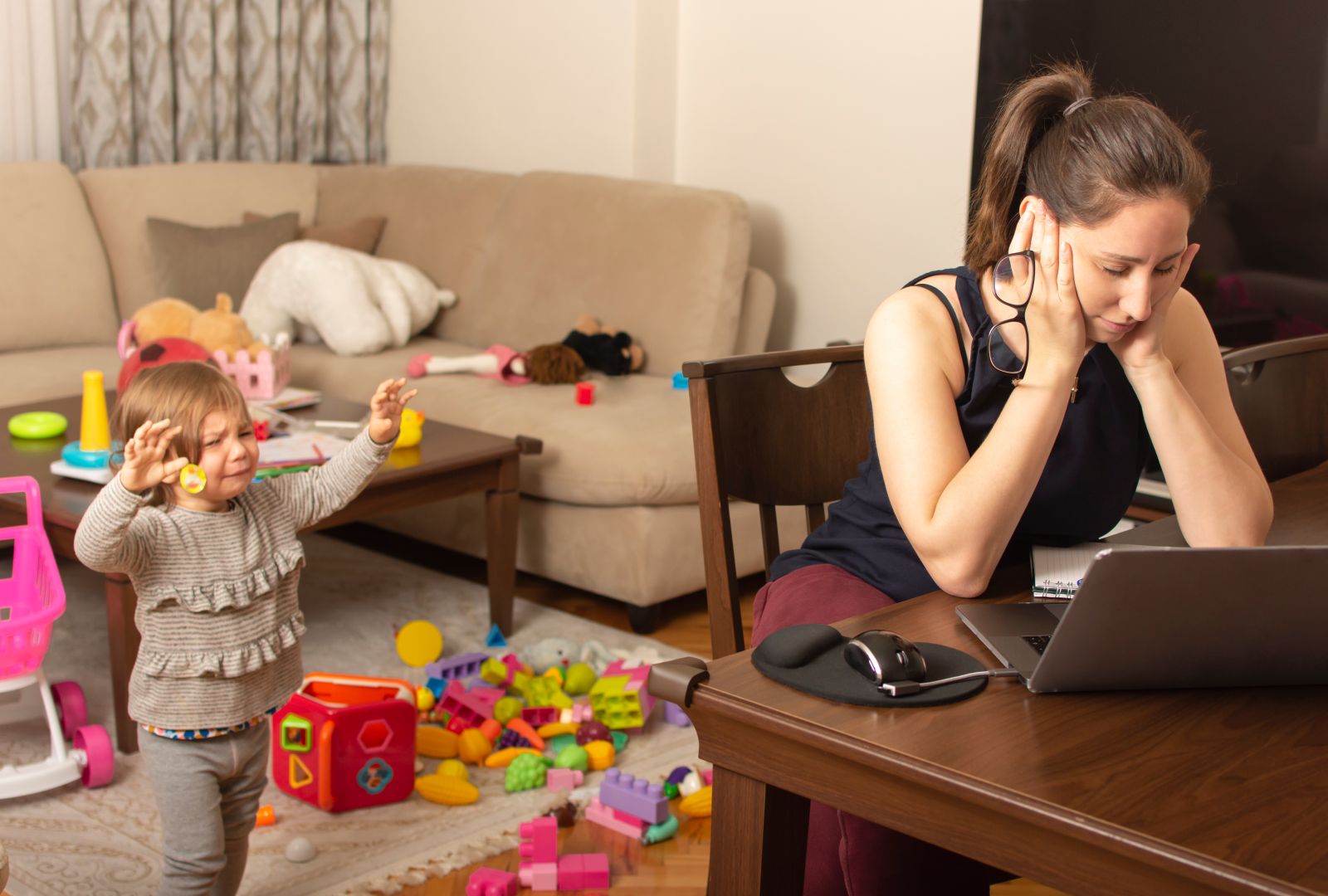Navigating the intricacies of working from home

[ad_1]
A look at flexibility, productivity, and mental health of working from home
ALBAWABA – Three years post the pandemic that sent countless professionals into remote working arrangements, the landscape of Working from Home is taking an unexpected turn, according to a recent Bloomberg report.
There’s palpable tension between employers yearning for the bustling energy of the office and employees who have grown accustomed to the convenience of working from home.
Both parties are making concessions. Bloomberg reports that some corporate leaders initially embraced the remote-work revolution, but are now experiencing an epiphany about the drawbacks.
For instance, Martin Sorrell, founder of WPP Plc and chairman of S4 Capital Plc, claims that what began as a productive arrangement later gave rise to concerns regarding diminishing corporate culture and engagement.
However, for employees, the reluctance to fully give up on working from home is well-founded.
The model has proven to be an invaluable resource, especially for parents and those with long commutes. It has offered unparalleled flexibility in managing work-life balance.

A Pew Research Center survey conducted in March revealed that despite the downsides, about a third of Americans eligible to work from home still prefer to do so.
Rise of hybrid work
Recognizing the merits of both the traditional and remote working models, many companies are adopting hybrid arrangements.
This allows employees to work from home on certain days and requires them to be in the office on others. Google, for instance, mandated a three-day office attendance, making it a factor in performance reviews.
However, these hybrid models are not without challenges.
According to a PwC study, 50 percent of UK businesses report a decline in staff mental health since the onset of COVID-19. The UK-based business consultancy, Ayming, concurs that motivation levels at work have been on the decline for the past three years.
Pursuit of productivity
There’s growing concern among employers that productivity might be taking a hit with remote working. The United States (US) Bureau of Labor Statistics reported that productivity in the US declined in the first quarter of the year.
This is a critical issue that demands attention, as productivity is intrinsically linked to profits.
A crucial element to address is the absence of guidance on when employees should be in the office.
It’s essential to define circumstances that warrant physical presence, such as team meetings or onboarding new members.
Christine Armstrong, a UK-based workplace researcher, suggests that managers actively engage with teams to develop schedules that suit everyone’s personal circumstances.
Mental health and corporate culture
The isolation resulting from extensive periods of working from home can adversely affect mental health.
The US Surgeon General, Vivek Murthy, likened the damage from social isolation to smoking 15 cigarettes a day. This is echoed by Hannah Ingram, a marketing manager in England, who experienced loneliness and a drop in productivity due to the absence of social interaction, according to Bloomberg’s report.

To cultivate a thriving corporate culture, companies need to reimagine HR processes.
Jonathan Best, Chief Customer Officer at GoodShape, highlighted to Bloomberg the importance of informal interactions which are largely absent in remote working. Replacing these with structured virtual engagements is vital for sustaining team spirit and company culture.
Road ahead
As the debate over “working from home” versus “returning to the office” rages on, it’s evident that an equilibrium must be achieved. This requires adaptation, open communication, and understanding from both employers and employees.
Moving forward, it’s imperative that organizations develop robust frameworks that not only encourage productivity but also prioritize mental health and foster corporate culture.
The transition to a new normal is an ongoing journey, and collaboration will be the glue that holds the corporate world together in these changing times.
In conclusion, the Working from Home landscape is an ever-evolving one.
The burden lies on both employers and employees to embrace change, innovate, and adapt to safeguard careers, profits, and most importantly, mental well-being.
[ad_2]
Source link

